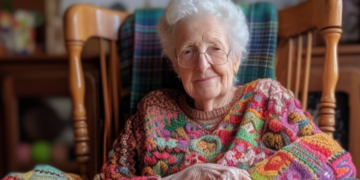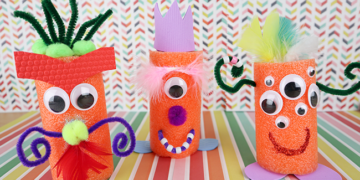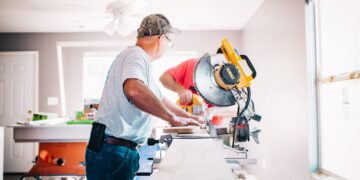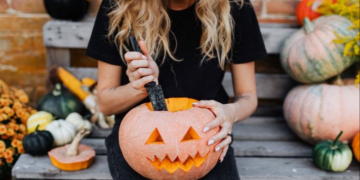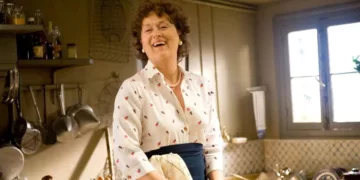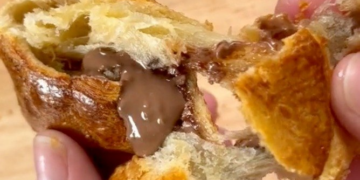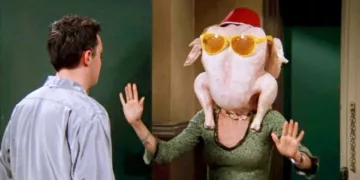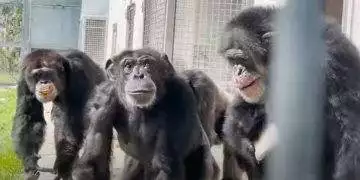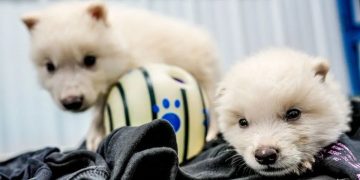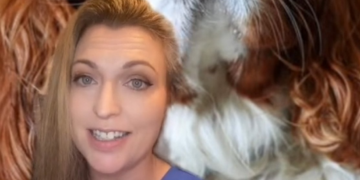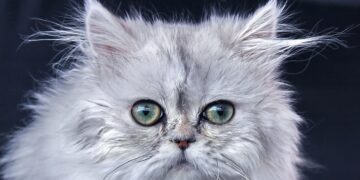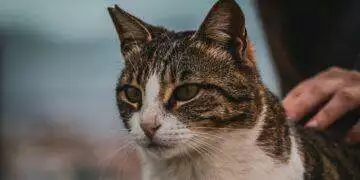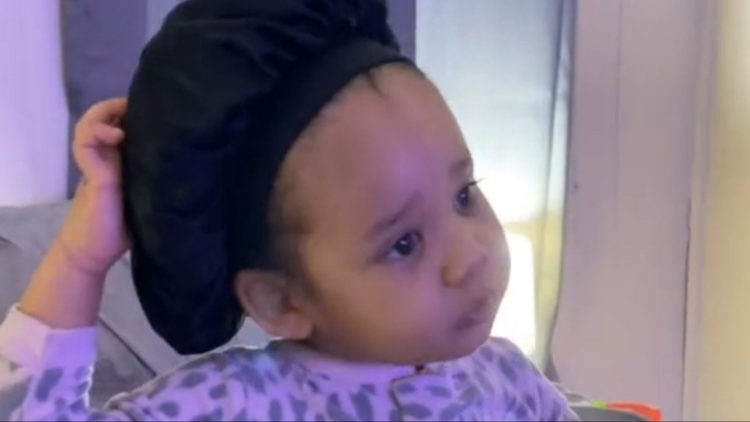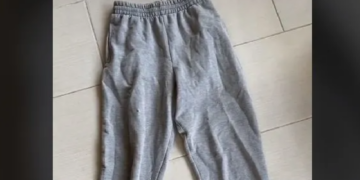For decades, we’ve heard a wide range of organizations and activists representing various ethnic groups, sexual orientations, gender identities, and body types call for more representation of people like them in the media.
And when such matters are discussed, those conversations tend to involve the abstract ideas of representation and what it means to create a representative character. But when we see what a more diverse media landscape can do for its viewers, we get a firsthand sense of why it’s important.
This is something that can be true for all ages, as a mom recently learned when she saw herself in the physically strong Luisa from the recent Disney smash hit Encanto .
But of course, that effect can be even more pronounced when children can see themselves in their surroundings. Similarly heartwarming examples can show us why that film has resonated so much with so many people, but they also show why some people have made it their life’s work to make toys that comfort children with disabilities.
And in the story we’re about to go over today, we can see how some of the more subtle ways that this representation matters can be the most powerful.
On February 24, a Baltimore woman named Michaela Peacock uploaded a video explaining that her two-year-old daughter Mila always takes her bonnet off before going to bed.

As Peacock explained to Good Morning America, this presented a real problem as the bonnet works best to protect the look and texture of a person’s hair overnight.
In her words, “Especially when you’re spending two, three hours doing braids and doing your little girl’s hair, you want it to stay intact. It’s really important that they have that on at night.”
But up until the night that TikTok was uploaded, Mila hadn’t seen any movies or TV shows that showed bonnets like hers, at least not on any children.

That changed when she and her mom watched the series Rise Up, Sing Out on Disney+, which featured a musical number in which three Black girls explain to their friend why they wear their bonnets to bed.
And as we’ll see in the full video, just seeing a similar bonnet to her own drew an excited reaction from Mila.
After she repeatedly pointed at the screen and yelled “bonnet,” Peacock asked her if she was wearing one as well.

As we can see here, this led Mila to put her hand on her own bonnet and make the connection between what she was wearing and what she was seeing.
And as Peacock shared in a follow-up video , that “Super Bonnet” song meant enough to Mila that she was able to keep hers on all night.
Not only was this a welcome change to an everyday frustration for Peacock, but she was also struck by how beautiful it felt to see her daughter react to someone who looks like her on TV.
As she put it, “It’s not something that I had as a child, nor did my mother or generations before, it’s hard to even put into words.”
h/t: Good Morning America

